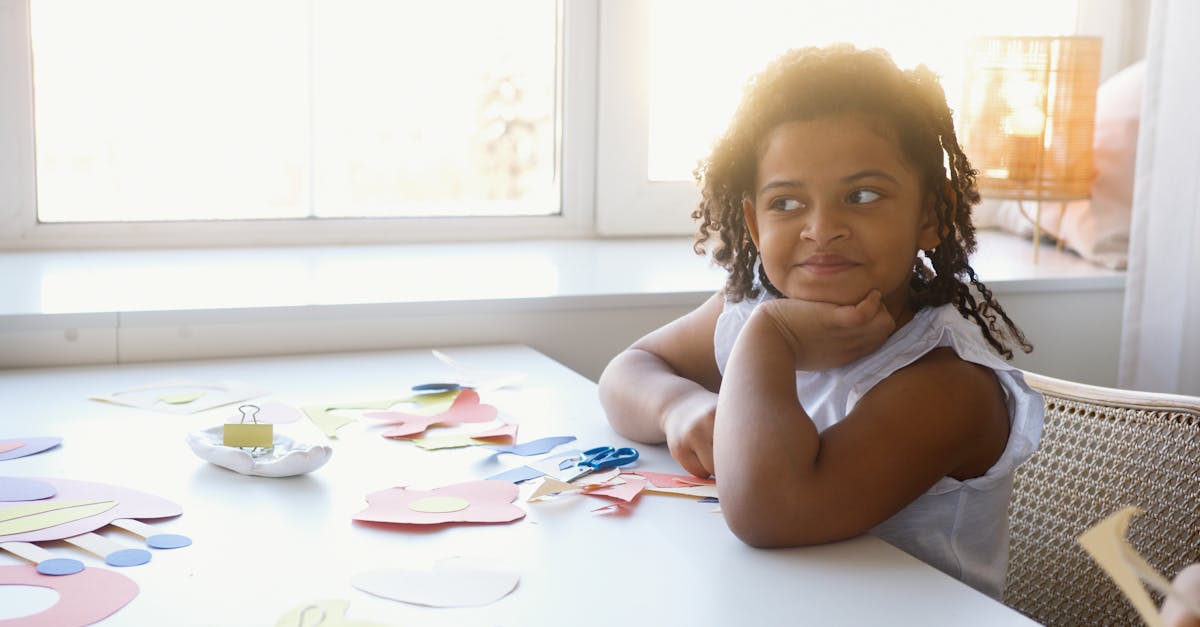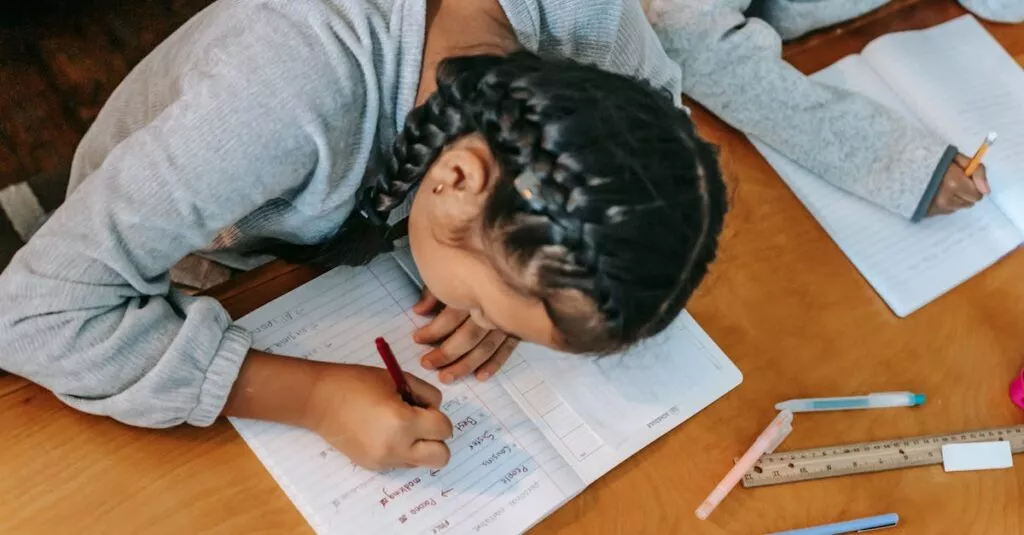Unlocking AI’s Potential in Early Learning
Imagine this: Your 4-year-old is gleefully shouting answers at a colorful screen, interacting with a friendly AI character who gently corrects mistakes and praises successes. Welcome to the cutting-edge world of AI in early learning! Gone are the days of one-size-fits-all education; the digital age offers customized learning experiences for our little ones.
But what exactly does this mean? AI, or artificial intelligence, is not just the stuff of sci-fi movies—it’s here, revolutionizing how our children learn even before they step into a classroom. From smart toys to educational apps, AI-driven tools are designed to adapt to your child’s learning pace, making education not just effective but truly engaging.
 **In a nutshell: AI is transforming early learning into a dynamic and interactive experience tailored to each child’s unique needs.**
**In a nutshell: AI is transforming early learning into a dynamic and interactive experience tailored to each child’s unique needs.**
The Promise of Personalized Learning
Each child is unique, and AI is stepping up, offering personalized learning experiences that were once a dream. Imagine a world where learning platforms adjust in real-time to the skill level and learning style of each child. Your daughter prefers visual learning? Bam! Her lesson plan shifts to include more images and videos. Your son thrives on hands-on activities? Voilà! The system introduces interactive puzzles and games. This level of customization not only boosts learning outcomes but also keeps children motivated and enthusiastic about their educational journey.

Navigating Emotional and Social Development
Beyond academics, AI systems are now equipped to foster emotional and social skills in children. Through interactive storytelling and emotionally intelligent characters, children can learn empathy, cooperation, and problem-solving.
However, entrusting our children’s emotional development to machines can be a cause for concern for many parents.
Here’s the good news: leading AI technologies are being developed with significant input from child psychologists and educators. This ensures that these systems are designed to enhance, not replace, the invaluable human interaction and guidance provided by parents and teachers.

AI Tutors Vs. Human Touch
So, how does AI tutoring stack up against the good ol’ human touch? While AI can offer personalized learning and endless patience (no time-outs needed for a computer, after all!), it cannot replicate the warmth, affection, and nuanced understanding of human teachers and parents. The key is balance, utilizing AI as a supplementary tool that supports, rather than overshadows, the crucial role humans play in children’s education. It’s not about AI tutors replacing humans but about complementing the learning experience.

Embracing AI at Home: A Guide for Parents
Inviting an AI into your home might sound like you’re living in the future, but it’s easier and more beneficial than you might think. Start small, with educational apps or smart toys that align with your child’s interests and age group. Monitor their interactions and share in their learning journey. Remember, the aim is not to let AI take over your parenting job but to harness its potential to enrich your child’s early learning experience. Encourage questions, curiosity, and, most importantly, have fun together exploring this new digital frontier in education.

Key Points to Remember:
- Start small with educational apps or smart toys.
- Monitor interactions with AI to ensure safe and beneficial usage.
- Engage with your child in their learning journey.
- Encourage questions, curiosity, and exploration.
